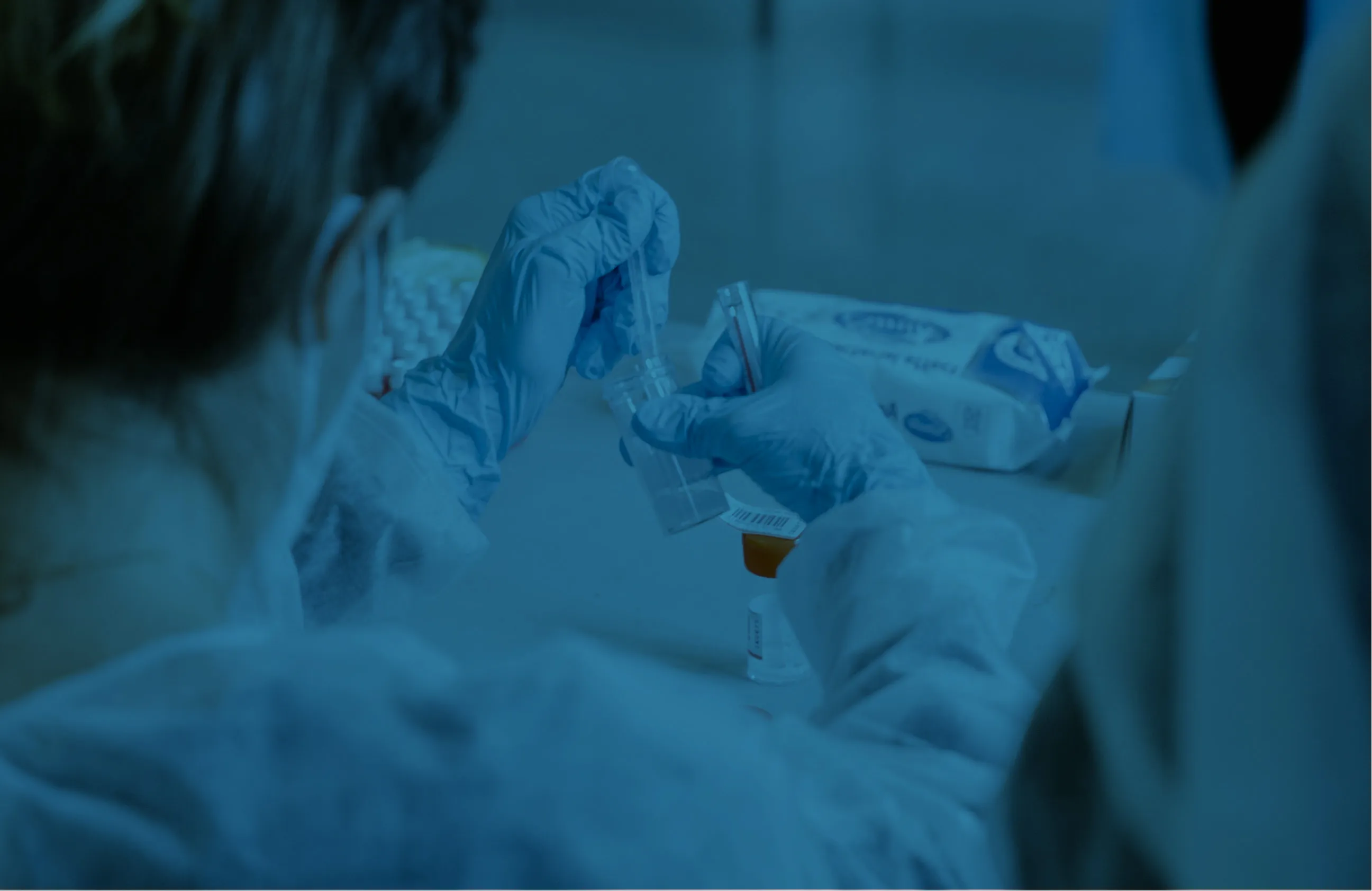
The Anti-Infective Innovator Blog
SPR994’s Value Proposition: A dive into how SPR994, an oral carbapenem, could benefit patients, payers, and investors

SPR994’s Value Proposition: A dive into how SPR994, an oral carbapenem, could benefit patients, payers, and investors
The Anti-Infective Innovator Blog
Posted on
May 15, 2019
Written by Spero Therapeutics,
Joel Sendek
Spero has an enterprise value that does not reflect what we believe are significant market opportunities for our lead asset, an oral carbapenem SPR994, and our other product candidates.
SPR994 is currently in a pivotal Phase 3 trial for the treatment of complicated urinary tract infections (cUTI), and its active ingredient previously demonstrated efficacy in two Phase 2 trials in UTI patients that were conducted by our partner, Meiji. SPR994’s active ingredient is also supported by published safety data from over 3,500 patients and has been successfully marketed by Meiji in Japan for over nine years. In addition, based on a Phase 3 pre-IND meeting for SPR994, we believe that positive results from a single pivotal Phase 3 clinical trial of SPR994 in cUTI demonstrating a 10% non-inferiority margin would support the FDA’s approval of SPR994 for the treatment of cUTI.We believe that we have sufficient cash, cash equivalents and marketable securities, together with the initial funding committed under our BARDA award in July 2018, to fund the Company through the SPR994 pivotal Phase 3 data readout in 2020, and we have multiple data catalysts for our three pipeline programs along the way. Non-dilutive funding, such as our BARDA award, has allowed Spero to reduce its need for equity capital.
How is SPR994 unique compared with existing and forthcoming products in the sector?
The most compelling and also most misunderstood attribute of SPR994 is the uniqueness of its target market relative to other late-stage products in the anti-infective field. As an oral agent, SPR994 has the potential to treat a targeted population of about three million patients because of resistance to existing oral medications to treat these patients; this opportunity represents the single largest population of patients with an unmet need in infectious disease today.In contrast, recent antimicrobial launches have been for intravenous (IV) agents; even if these IV products are differentiated, they are effectively orphan drugs due to the limited occurrence of the types of highly resistant infections they are approved to treat.These IV products are further disadvantaged because, under the hospital DRG reimbursement system that pays a fixed fee to hospitals for a patient admission regardless of which medication is used, payers cannot cover them as orphan drugs.We expect oral SPR994 to avoid these challenges for two reasons – 1) SPR994 targets a much larger unmet need population and 2) we expect it to be reimbursed primarily outside of the hospital and thus not paid under the DRG fixed payment system in the hospital.
Understanding the value proposition of SPR994 from different perspectives
cUTIs are a frequent cause of hospitalization, as well as a common complication during hospitalization and have shown a high prevalence of antimicrobial resistance. Due to the rapid emergence of resistance to antimicrobial agents, some patients with cUTI are left with few therapeutic options and may progress to more serious stages of the disease if treated inappropriately. This trend has led to an increase in unnecessary admissions and extended lengths of stay in the hospital, putting a higher cost burden on the entire healthcare system.SPR994 has the potential to be the first oral carbapenem approved that may allow patients to transition out of the hospital sooner or remain out of the hospital altogether. This value proposition is aligned with the shift in incentives within the health system toward keeping patients out of higher cost of care settings and especially hospitals. At Spero, we believe that SPR994, if approved, would create value for each stakeholder that can drive its uptake.
To best outline SPR994’s value proposition, below I detail what SPR994 can offer from the perspective of each component of the health care value chain. Patients (and their physicians) would realize a benefit from going home sooner or avoiding hospitalization all together, allowing them to be able to get back to work and avoid exposure to secondary pathogens in the hospital. The typical cUTI patient is relatively healthy and does not have other comorbidities that would prevent discharge from the hospital, except the need for a full course of IV drug to treat the cUTI infection.
Payers in the hospitals would benefit from cost savings and increased bed availability. The average hospital loses $4,000 on admitting cUTI patients for a course of therapy and a patient that could otherwise be discharged requires a bed due to lack of an oral step-down therapy. While skilled nursing facilities or outpatient parenteral therapy (OPAT) are an option, this alternative can result in a high rate of readmissions due to complications and can be costly.
Payers in the community would benefit by saving on the cost of hospitalizations. The Affordable Care Act places an increased emphasis placed on optimizing quality and reducing expenditures.Avoidable hospitalizations is one of the key areas of focus. We believe that providing therapeutic options that help avoid the hospital would be a welcomed addition.We believe that SPR994 is in a unique position among antibiotics because it can potentially benefit an array of stakeholders within the health care system. We look forward to executing on our pivotal SPR994 Phase 3 trial in cUTI to demonstrate to patients, payers and hospitals that an oral medication for the treatment of cUTI can achieve a similar outcome as an IV therapy.
About the Author(s):
